When you’re running a business, especially a small one, it’s tempting to just keep pushing forward. Say yes to the next client. Tackle the next problem. Figure it out as you go. But without a clear structure and real attention to safety, that kind of pace will wear you and your team out.
It might not show up right away. Things might even seem fine. But gaps in how you operate and how you protect your people will eventually slow you down or worse, set you back. True growth means more than expansion. It means building something that doesn’t fall apart when the pressure hits.
In this article, you’ll see why structure and safety are not extras but essentials when it comes to growing your business the right way.
Why Structure Matters More Than You Think
Structure isn’t about bureaucracy. It’s about clarity. When people know what’s expected, what their role is, and how their work fits into the bigger picture, they don’t waste energy second-guessing themselves. They just work. Efficiently. With purpose.
That doesn’t mean creating rules for the sake of it. It means putting systems in place that guide decisions and remove the guesswork. It involves documenting workflows, setting clear goals, and establishing habits that promote consistency. You don’t need a giant operations manual. However, you do need to know what’s happening, why it’s happening, and who is responsible.
Structure is also what helps you scale. If everything depends on one person knowing what to do, you’re stuck. When processes are shared, repeatable, and refined over time, your business can grow without breaking itself in the process.
The Part Safety Plays in Growth
People rarely talk about safety unless something goes wrong. But safety should be part of your strategy, not just a line on a checklist. Whether you’re managing a construction site, a warehouse, a corporate office, or any other environment, your team needs to feel protected. Physically, mentally, and professionally.
When safety is treated as a priority, employees respond. They show up with more focus. They trust leadership more. They stay longer. There’s less downtime, fewer accidents, and stronger morale. It’s hard to measure the exact return on that, but you feel it in the way work gets done.
That’s why many businesses eventually turn to outside support. A good safety consultant doesn’t just hand you a binder and walk away. They help you build a safety culture, one where protocols are part of the daily rhythm. Companies that work with experienced advisors like Menotti NYC Safety Consultants often learn that it’s not just about compliance. It’s about prevention, preparation, and creating systems that support safety every day, not just during inspections.
The consultants on that team come from real-world experience. Many of them have worked directly in the field, managing high-risk environments, dealing with crises, and identifying ways to prevent recurring issues. Their focus is on helping businesses build smart, prevent problems early, and operate with a clear sense of accountability.
The Impact on Leadership
Here’s something that doesn’t get enough attention. Structure and safety not only protect your business; they also enhance its reputation. When you’re putting out fires every day, you can’t think of the big picture. You’re reactive, not strategic. And even if you’re good at handling chaos, it drains you. Long term, it’s not sustainable.
Having clear systems means you’re not stuck in the weeds. Having strong safety protocols means you’re not constantly holding your breath, hoping no one gets hurt or nothing goes wrong. You’re free to focus on growth, vision, and the work that only you can do.
And your people feel the difference. They see that leadership isn’t cutting corners. They trust that when challenges come up, and they always do, there’s a plan. That trust is the quiet fuel that keeps things moving.
Small Teams Need This Just As Much
If you’re a smaller operation, it might feel like all this talk about structure and safety is meant for companies with hundreds of employees. It’s not. In fact, the smaller you are, the more important it is.
When resources are tight and everyone’s wearing multiple hats, you can’t afford the fallout from poor planning or preventable accidents. One mistake can set you back months. One gap in communication can result in the loss of a key client or put someone at risk.
It doesn’t take much to make things safer and smoother. Sometimes it’s about setting regular check-ins, utilizing project management tools more effectively, or bringing in expert support to refine your safety plan. The point is to stop winging it and start putting purpose behind how you operate.
Culture Starts with Systems
What people feel at work isn’t just based on leadership speeches or mission statements. It’s shaped by the systems you build. If deadlines are always missed, if expectations are unclear, if safety is treated as an afterthought, your culture reflects that. People adapt to what’s tolerated.
But when your team sees that there’s thought behind how things run, that care has been taken to protect them, and that their time and safety matter, they respond with better work. They take more pride in what they do. And that shows up in every outcome.
Conclusion
Growth is exciting but it only lasts when it has a strong base. Build the right systems. Invest in safety. Let structure do the heavy lifting behind the scenes so you and your team can focus on building something meaningful. The rest will follow.









